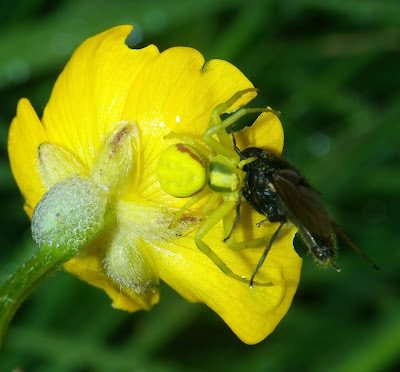Poplar Hawk moth larvae
Laothoe populi
I found this guy the other day climbing up a fence post, right next to our small and only Poplar tree we have growing. The tree is about 4 years old and the first year, a goat we had around the place made handy work of its leaves. Thankfully it recovered, however this year again it fell victim to this fellow as he munched a path towards his first flight, and terrestrial freedom.













